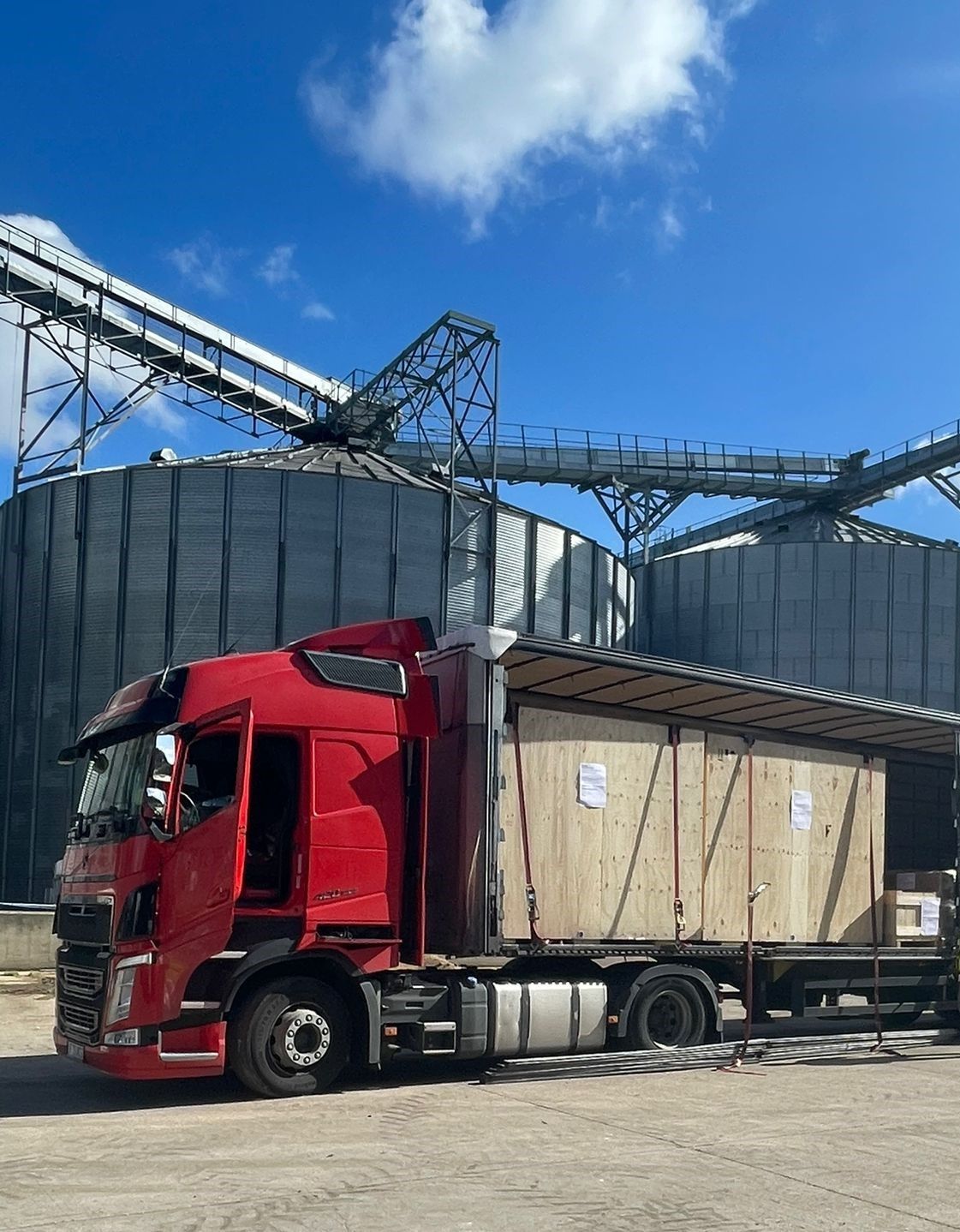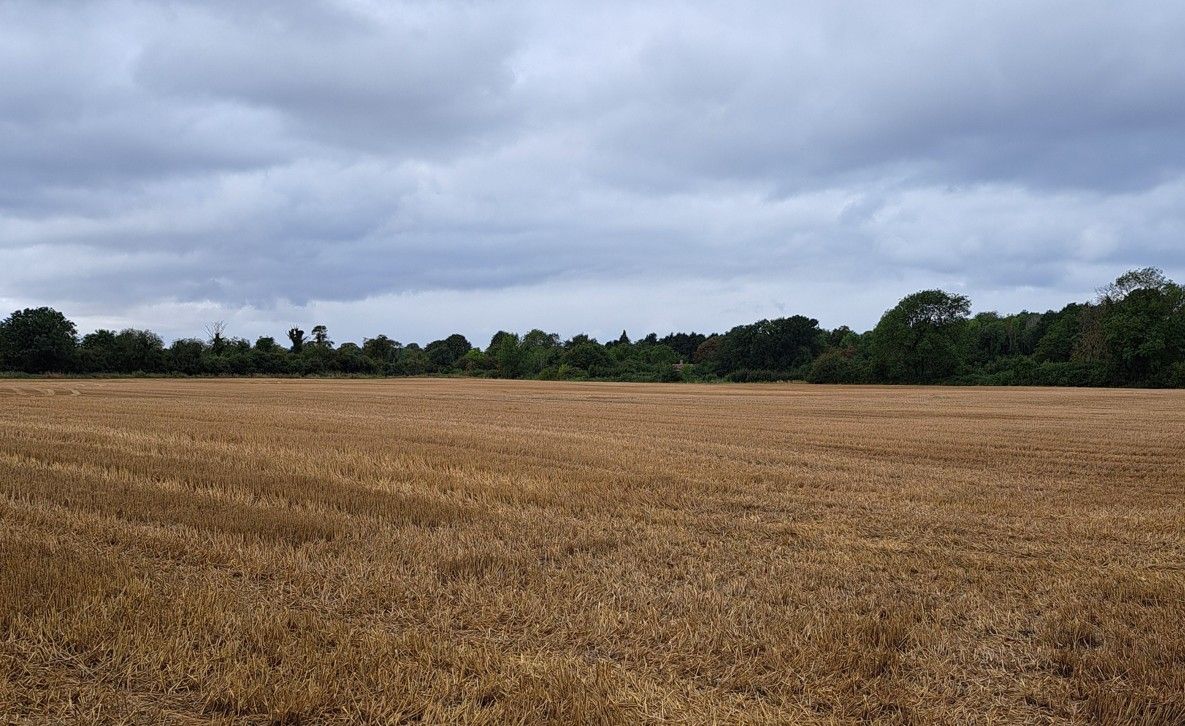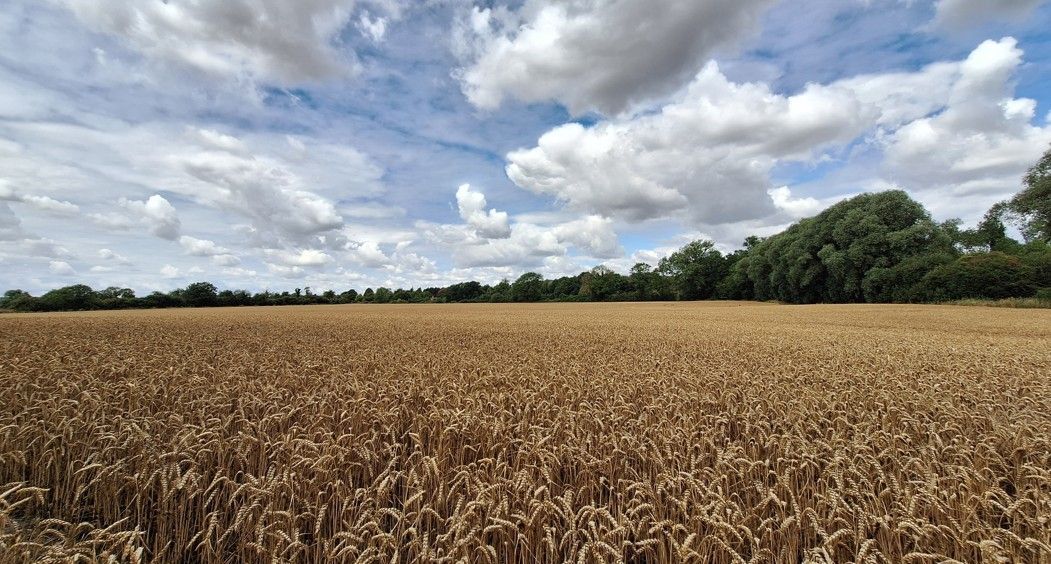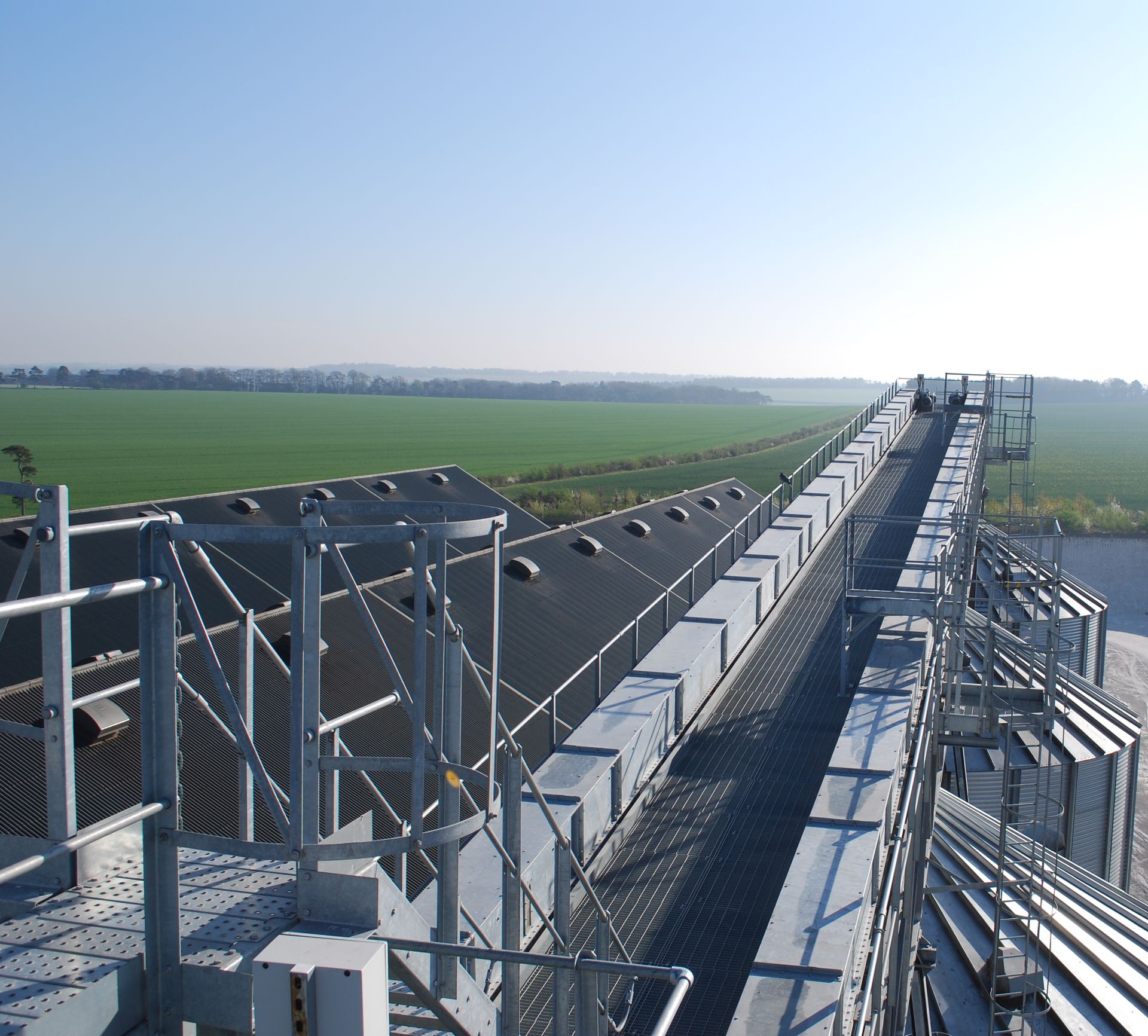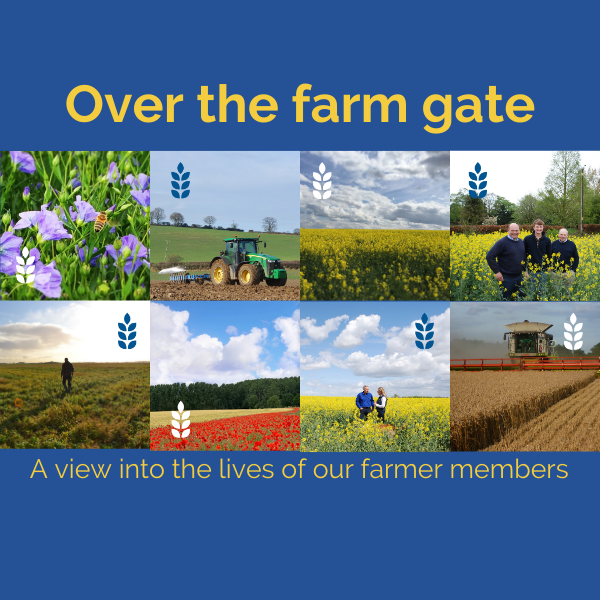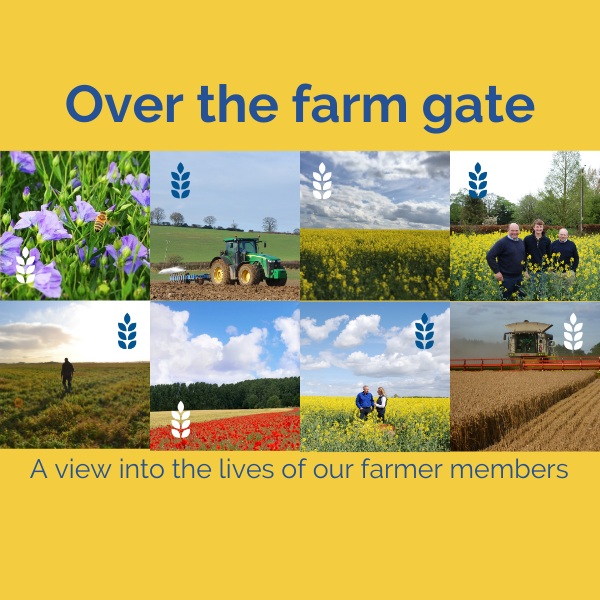Over the Farm Gate- this week kindly supplied by John Jefferies, Farmer Director & Chair of the Member Services Committee
In 1978 a man called Paul Harvey came up with a now famous quote “we owe our existence to six inches of topsoil and the fact it rains”. So, let’s deal with the latter half of that quote. Rain.
In recent weeks we have had rain, sleet and snow. We have had lots of rain, sleet and snow. Seemingly endless.
The new year had been very dry and by the end of February most farms had more or less completed their spring cereal drilling into some very good conditions. Also, fertiliser spreading was well advanced with up to 60% of the nitrogen applied to some crops. The run of recent dry springs weighing heavily on the minds of farmers and the change to having to apply fertiliser early so that it is available to the crop after the drought hits. I received around 75mm of rainfall in recent days. But the rain falling on top of the snow and melting the snow just served to increase the amount of water that needed to percolate into the soil. This was an overload. In my area there was significant surface run off and ponding in some fields. Luckily most of my nitrogen is still in the shed, with the exception of 60ha that had about 100kgN applied. The question now is, how much of this valuable fertiliser was moved into the soil before the runoff started and how much was simply washed away. Next week I will carry out some soil nitrogen tests to try to establish what has actually happened.
The other side of this equation is that the land is currently far too wet to travel upon. I have some winter barley crops that received 30kg N in January and are now looking very hungry. These had a big top up of fertiliser on Monday (almost regardless of travelling conditions). Apart from this, the wheat on the farm, some of which have had no fertiliser at all look in fantastic health. The potential for a good harvest is certainly there. As ever it is now up to the climate and whether (or not!) we get a summer drought or adequate rainfall for a full crop.
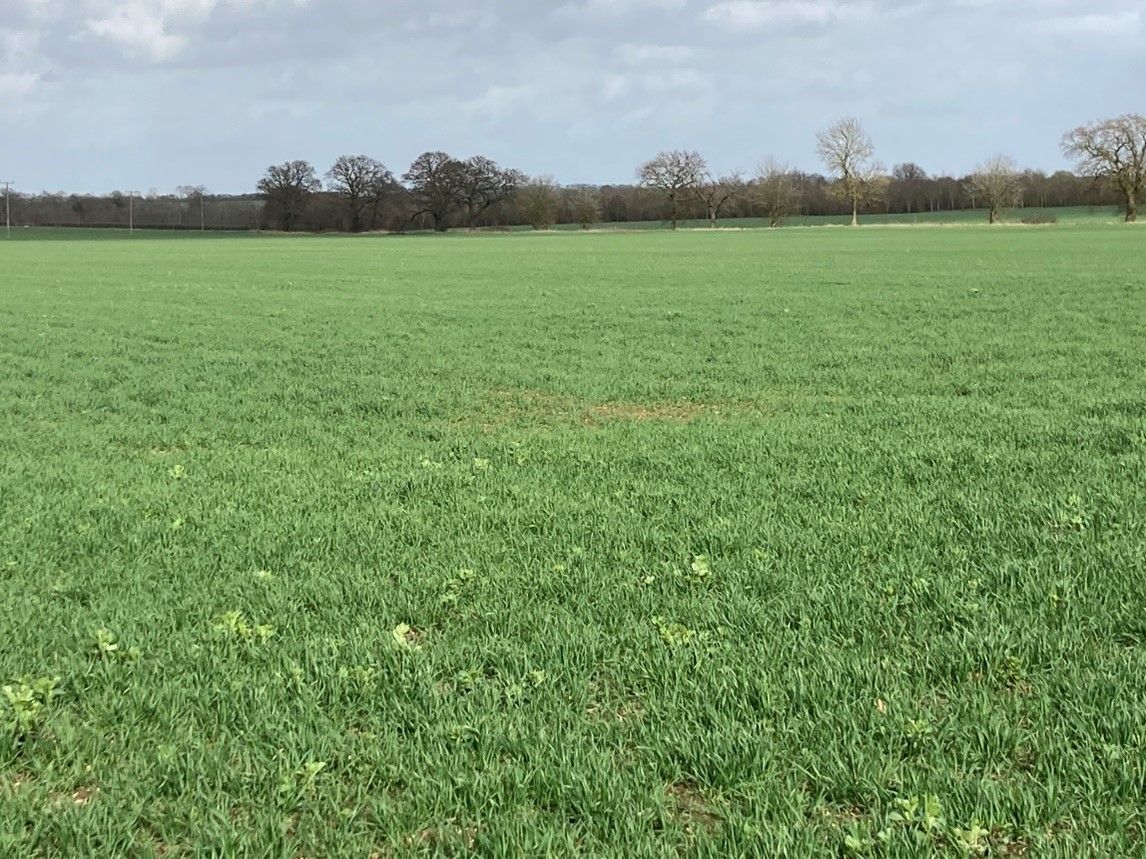
Dawsum wheat with zero fertiliser to date
At the recent directors away day, that was beautifully facilitated by Karen and Stewart at Stratford, a few of us had a conversation about inter-row hoeing of cereal crops. The conversation was about the technology (satellite and CCTV) needed and type and size of kit needed as well as the economics of buying this kit. It was fascinating, especially as a few weeks earlier I had come across some old cine film of inter-row hoeing of bean crops here on my farm.
In the first clip you see 2 fine gentleman who I have so much respect for. They are Frank Sherman who worked here for about 40 years. He is driving a Model A John Deere. The hoe is called a steerage hoe and was operated by William Sherman (known as Son, who worked here for 50 years) who was Frank’s Son. You might note that Frank is looking to the left and Son to the right. I can only assume that this was to take out any steering error and not to accentuate it. The clip continues to show Son drilling in the spring. I can assure you that the tractor was not fitted with RTK auto steer satellite technology, but those drill lines do look unerringly straight. I doubt many farm workers under 35 years could match this accuracy unaided by modern tech. Next we have a load of thatching straw being loaded. That looks like hard work. Our farm produced thatching straw well into the 1980s. Then Son Sherman features again. This time on a Field Marshall popper crawler, before Dick Sewell finishes off with some harrowing.
The second clip is equally fascinating, although I would suggest that H&S sits down with a strong coffee. H&S certainly did not feature within this one. Again, we are hoeing beans and I would date this at 1961 as my elder brother appears to be about 3 years old. Progress was made, as the hoeing task was reduced to a one-man operation (Son Sherman driving) with the advent of a Fordson major and a front mounted hoe. The same tractor is then driven by Barry Sherman, (Frank’s Grandson, Son’s nephew), whilst he is ridging up some potatoes. Barry worked on the farm for almost 60 years, until May 2020. I think it is quite an accomplishment that 3 members of the same family have worked on this farm for my family for 150 years total.
The final clip is a crop of beans, which clearly failed to pollinate, being rotovated in. Halcyon days of the past!!!
The John Deere Model A was my grandfather’s first tractor. It was purchased in 1942 via Collings Bros and has a serial number of 717 on their nameplate that they put on all tractors they sold. Below is a photo of the tractor that would have been taken in the 1960s. A one owner, 3 farmer machine.
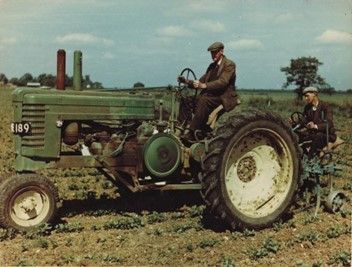
New Paragraph
